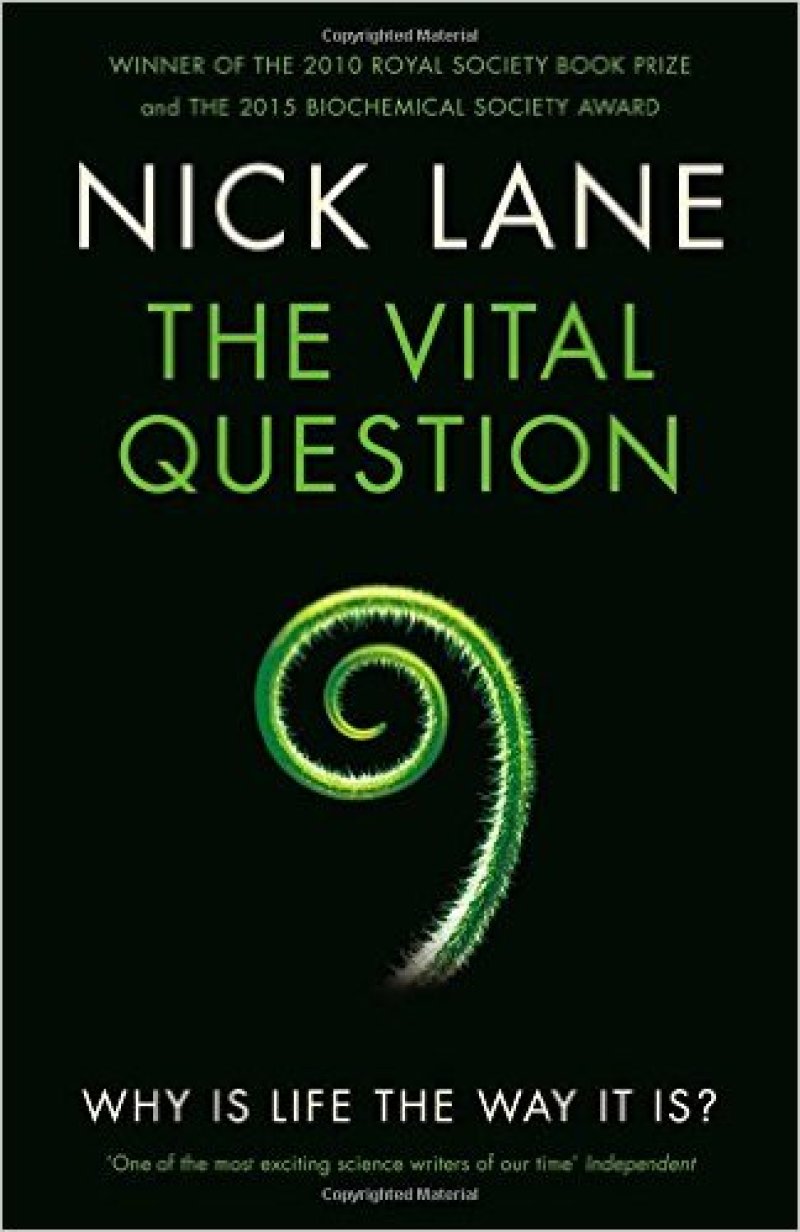How did rocks, air and water coalesce into the first living creatures on the primordial Earth? Why did complex life like animals and plants arise from a single ancestor only once in the history of our planet?
Why two sexes and not three or four or 12? Why do we age and die?
In “The Vital Question: Energy, Evolution, and the Origins of Complex Life,” Nick Lane sets out to answer these questions and many more with a novel suite of ideas about life’s emergence and evolution. Dr. Lane, a biochemist at University College London, argues that with just a few principles of physics, we can predict why life is the way it is — on Earth and in the rest of the cosmos.
Lane’s most surprising idea concerns how complex life arose. For most of Earth’s history, he notes, life was microbial: no trees, no mushrooms, no mammals. While microbes display astonishing biochemical diversity, thriving on anything from concrete to battery acid, they’ve never evolved into anything more complicated than a single cell.
So what made the great blooming of biodiversity possible? Lane, building on ideas developed with the evolutionary biologist William Martin, traces its origins to a freak accident billions of years ago, when one microbe took up residence inside another. This event was not a branching of the evolutionary tree but a fusion with, he argues, profound consequences.
The GLP aggregated and excerpted this blog/article to reflect the diversity of news, opinion and analysis. Read full, original post:Taking on ‘The Vital Question’ About Life































